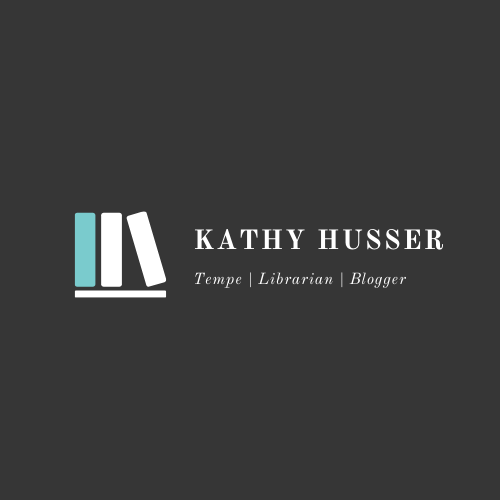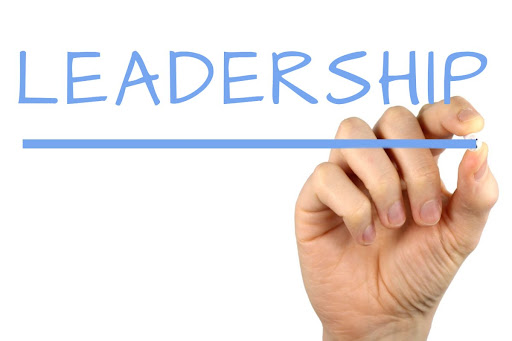Public libraries have been a vital resource for communities for centuries, and today, the role of public libraries continues to evolve in response to changing technology and societal needs. Here are three of the most current trends in public libraries in the United States and around the globe:
Digital Literacy
With the increasing importance of technology in our daily lives, public libraries are placing a greater emphasis on digital literacy. This includes providing patrons with access to technology and training on how to use it, as well as offering classes on coding, web design, and other in-demand skills.
Libraries are expanding their digital collections, with e-books, audiobooks, and streaming movies available online. Even providing early literacy resources and parenting help for patrons, to help the next generation of library users.
Community Engagement
Public libraries are also shifting their focus to become more community centered. Libraries are hosting events and programs that bring together people from different backgrounds and perspectives to build a sense of community.
They are also partnering with local organizations to provide services that address the specific needs of their communities, such as homelessness and literacy classes for non-native speakers. Some libraries even provide high school classes online to earn your diploma, all for FREE!
Maker Spaces / Learning Labs
Maker spaces are a popular trend in public libraries, as they provide patrons with access to tools, technology, and resources that they can use to create, invent, and learn.
These spaces often include equipment such as 3D printers, laser cutters, and electronics labs. They also provide patrons with access to trained professionals who can teach them how to use the equipment and provide guidance on their projects.
Another need is for learning labs or specific workforce centers. Depending upon the community’s needs, a designated librarian for help to assist job seekers. Career basics, like resume writing, online applications, and interview practice is essential in many cities as the job market tightens.
These trends are not specific to the United States, libraries around the globe are experiencing similar needs. They are adapting to the new normal and the changes in technology and specific needs of the community they serve.
Librarians are being innovative and finding new ways to offer services and resources that are relevant to the community. They are becoming more than just a place to check out books. Libraries are becoming a hub for community engagement and lifelong learning to improve economic development and sustainability.
Finally, public libraries are evolving to meet the changing needs of their communities. They are placing a greater emphasis on digital literacy, focusing on community engagement, and developing learning spaces. These trends are helping libraries to remain relevant and essential resources for their communities in the digital age.
Public libraries are more than just a physical space, they are an important partner in a thriving community.






